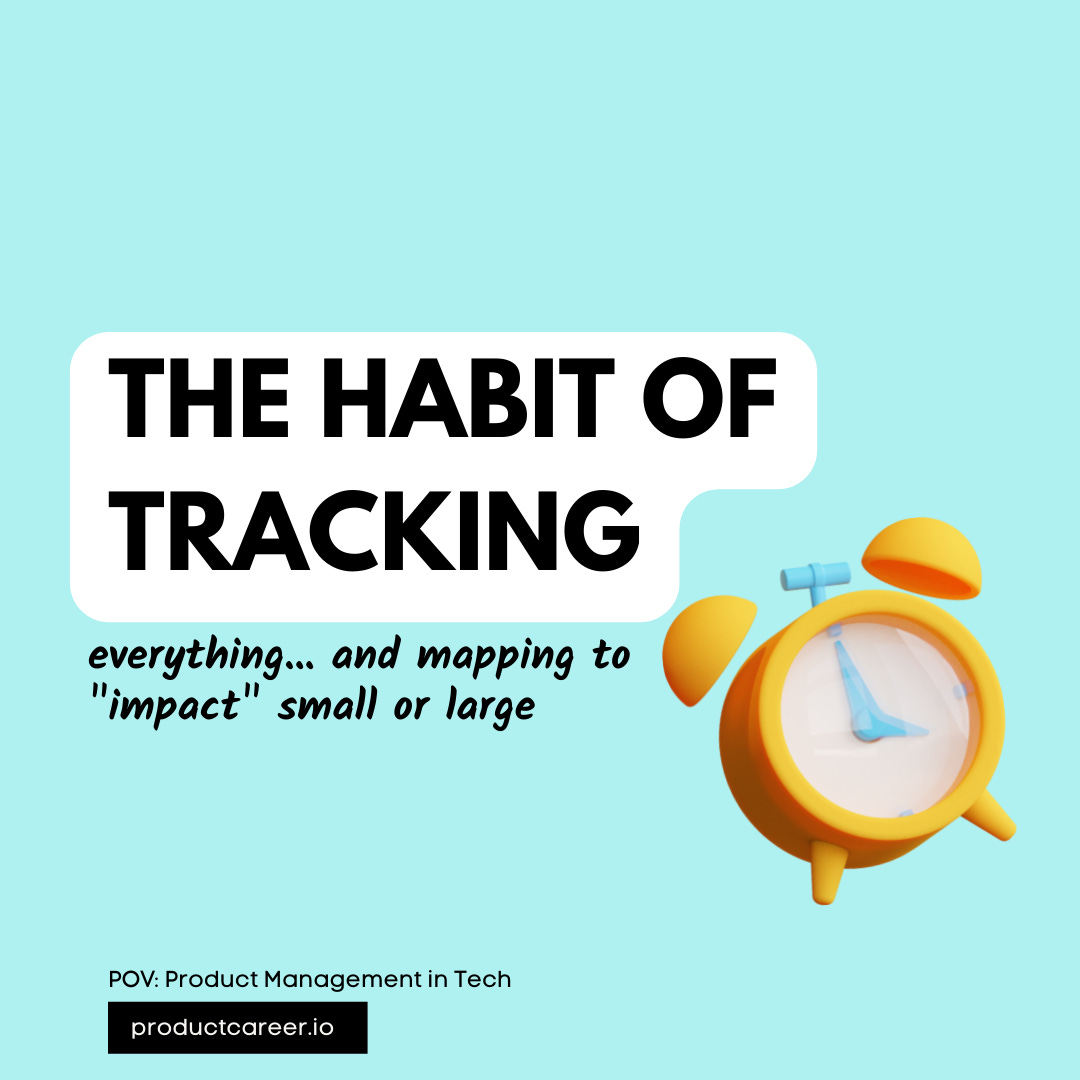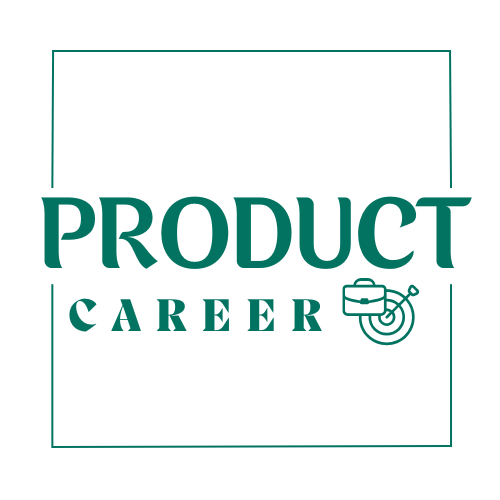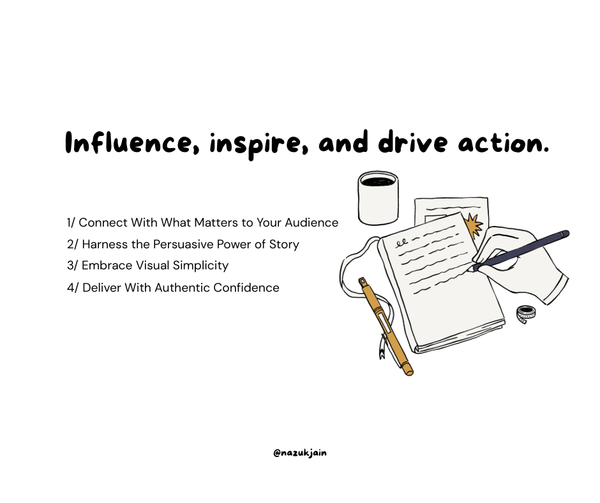The habit of tracking
Some counterintuitive approaches I have used to track impact.
Do you feel stuck working for bug fixes and or making just trivial updates as a PM?
Do you feel that you are constantly just doing “grunt work” and nothing tangible to show? Or when you join the PM role you dreamt 💭 off making a big impact but now feel that all you do is write ✍️ JIRA tickets or worse do a lot of project management tasks (no offense intended to Project managers)?
Because of all this, you perhaps not feel motivated enough? If this is you…Keep on reading….I wish I did these when I was a new PM!
First off writing JIRA tickets is not bad. It helps track things. I’ll come back to the importance of JIRAs.
Your job as a Product manager is to make a difference in the end product and improve your users/ customers lives!

So the big question is —
How might we (New PMs) begin to make an impact?
❌ Don’t— (some counter-intuitive advice)
- When you start a new PM role, don’t focus on making a big impact.
- Don’t suggest drastic changes to UI - even if you hate the UI.
- Don’t focus on strategy.
- Don’t make promises to your team- there’s a lot of energy and excitement when we join a new role and intention is there I understand but don’t make big promises from the get-go!
- Don’t suggest big changes to the processes- “we should write PRD this way” or “we should do agile this way”
✅ Do — (Start here — Something I personally do is track everything.)
The way I think about this is PM skills as a product!
Just like we have Saas products - software as a service and software is built-in iterations after we gather feedback, we are taught to iterate.
I like to think of my skill set and my offering Product Manager value in iterations with lots of feedback and learning and observation of new environment.
✅ Focus on making small impacts. Talk to your customer support team or operations analyst and find a theme of any bad customer feedback you are getting. And make improvements to that. In PM language we call them quick wins!
This helps with 2 things — help you build that initial momentum and also help gain trust that you can deliver!!
✅ Design is the first thing PMs try to suggest changes to — and I have made this mistake myself. While it’s not completely wrong, chances are designers on your team already know that existing design sucks (if it does), and they just haven’t gotten around to making changes.
FOCUS on suggesting improvements to the flow of user experience and not the design. Designers are smart people and leave design decisions to your product designers.
✅ Many new PMs focus on strategy in the beginning and want to be part of it — and why not! it sounds so cool! But before you can actually pull a sound strategy for the product. You need to deliver smaller features successfully and learn about what works with your users and what does not.
FOCUS on building hypotheses thru available data and help your leadership make arrive at decisions.
✅ There will be several unknowns — which you will uncover as you start your role. Perhaps in your previous PM role, you delivered something and you are excited to make similar changes in the new company because you know it works. Still, stay away from making promises and rather focus on just delivering!!
FOCUS on delivering value than making promises!
✅ Any decent size startup or even mid-sized company will have some process going on even if it’s not the best and leadership generally knows it and that’s why they hired you to help. But to make big drastic changes at the junior level is nearly impossible unless you have a proven record at the company and have built a lot of trust. So make changes in an iterative way!!
FOCUS on iterative changes to the process than making large changes.
✅ Finally JIRA tickets — track everything in JIRA. I even track my To-dos for each feature in JIRA and mark them complete, blocked etc as a way to track my work. And then on weekly basis track progress at sprint level and at customer impact level.
By tracking at sprint level we can help out team get unblocked.
BUT all these JIRA should really map to big buckets of work that map to customer impact.
Whether you are reducing tech debt, improving UI, improving system efficiency, helping achieve business goals etc. If you don’t track the work you are doing and the progress you are making it is nearly impossible to map to the impact however small or large it is. And if you can’t map it, you won’t see it.
If you track your progress and map it to overall big goals, after 6-8 weeks you will start to see how on/off-track you/ your team is to delivering value and making an impact.
Hope you enjoyed today’s mini-training!
See you next Monday!
-Nazuk
I am experimenting with some free-flow writing every Monday and sharing my thoughts and learnings from my day-to-day work as a working PM. Feel free to connect with me on social media or write back to me with your thoughts. Would love to hear from you.
Instagram - 14K+ || Linkedin - 4K || Newsletter -1100+ readers || Youtube - Goal 1K




